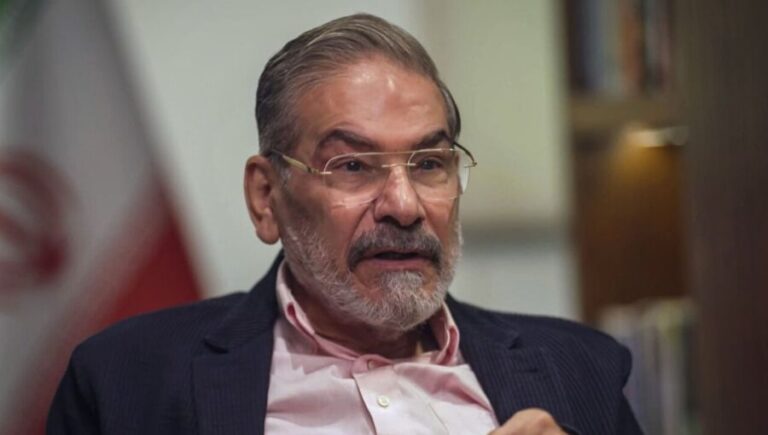 By Rabbi Yair Hoffman for the Five Towns Jewish Times
By Rabbi Yair Hoffman for the Five Towns Jewish Times
There is now another reason to say Hallel on Pesach. A wonderful tool of Avodas Hashem has become available – in English. This sefer has a particular appeal to me, because one of my Rebbeim, Rav Dovid Kviat zt”l was a Slonimer Chassid. I vividly recall driving him back and forth when he spoke at the yartzeit commemoration of the author of the Nesivos Shalom – Reb Shalom Noach Berzovsky, zt”l, the Slonimer Rebbe.
It is a fact that tens of thousands of Yeshiva students, seminary girls, and Baal HaBatim have become enthralled and captivated with the writings of the Nesivos Shalom. This Sefer builds Dveikus- clinging to Hashem. It gets its readers into davening. It inspires us into appreciating the Yomim Tovim more. And most of all, it builds Emunah.
The appeal is across the spectrum of Jewry – Yeshiva boys and Litvaks love it, as do Chassidim and the kipa serugah world. You can see it being studied in Yeshiva University, Lakewood, Monroe, and throughout Eretz Yisroel.
With this publication, the Nesivos Shalom on Pesach has been masterfully adapted and rendered into English by Rabbi Sholom Binyomin Ginsberg, a leading figure in the Chinuch world as well as a brilliant expositor of the Nesivos Sholom’s Torah. This sixth volume encompasses Pesach as well as Sfiras HaOmer. It is published by Israel Bookshop.
In this volume we see how the Nesivos Sholom takes that famous interpretation from the Saba Kadisha of Lechovitz zt”l on the words of Dovid Hamelech, “He’emanti ki adaber — “I believe because I speak” (Tehillim 116:10) – that by simply repeating it with meaning “I believe in Hashem’s existence and control,” one can further build true emunah.
Rabbi Ginsberg’s translation explains how and why Pesach is known as the “Rosh Hashanah of emunah” — the New Year for faith and belief in Hashem. Chazal tell us that it was solely on account of our emunah in Hashem that we were redeemed from Egypt, and that it will be solely on account of emunah in Hashem that we will be redeemed in the times of Mashiach.
Since this is the essence of the Yom Tov of Pesach, one of the three main positive mitzvos of Pesach is to plant and entrench emunah — belief in Hashem. The emunah is planted within ourselves and within others through the mitzvah called “sipur yetzias Mitzrayim — the retelling of the Exodus from Egypt,” as it states, “V’higadeta l’vincha — And you shall relate it to your son.”
Our Sages further tell us that kol ha’marbeh l’saper…harei zeh meshubach — the more we discuss the Exodus or the mitzvah, the more praiseworthy we are. Why is this so? In regard to all other mitzvos, once the mitzvah has been fulfilled, that is it — it ends. Here, however, the mitzvah continues. Reb Shalom Noach Berzovsky, zt”l, the Slonimer Rebbe, explains that the mitzvah is a continuous one precisely because it is the means of imbuing the heart of each and every Jew with emunah throughout the year.
No matter who the person is, the mitzvah never ends: Afilu kulanu chachamim, kulanu nevonim…the greatest of Sages are also obligated in this ever-continuous mitzvah because they, too, need the boost in emunah that is obtained from Pesach.
There are infinite depths to emunah — thus the means of instilling this emunah is also infinite.
What is emunah? The Nesivos Shalom describes three separate areas:
• Belief in Hashem as Creator of the world, which the righteous gentiles of the world also believe.
• Belief in Hashem’s hashgachah pratis (Divine Providence) — that Hashem takes the time and “effort” to involve Himself in the details of our lives here on earth.
• The fact that we, Klal Yisrael, have been chosen for a unique and Divine role and mission.
All three aspects of emunah are part of the Pesach experience.
• All the nissim we experienced point to Hashem as the Creator of the world.
• The 10 makkos show that there is hashgachah pratis.
• Yetzias Mitzrayim itself, and the subsequent revelation of the Torah to the Children of Israel, indicate Israel’s unique role and mission.
And here is another gem (yes, pun intended). The Nesivos Shalom writes that the phrase sippur Yetzias Mitzrayim is conventionally translated as “relating/retelling.” But the term “sippur” can also be perceived as related to the word sapir, a dazzling sapphire. The reference is to the shining oros of redemption that emanated at the time of Yetzias Mitzrayim, oros that we reignite when we fulfill this precious mitzvah.
It is important to note that this work is an adaptive translation. But do not be scared off. It accurately conveys the words and ideas of the Nesivos Shalom and makes it even more accessible than the original to an English speaking audience. At the end of each ma’amar, Rabbi Ginsberg includes a summary. This volume has 675 pages. It is the perfect gift for Pesach.
The reviewer can be reached at [email protected]











